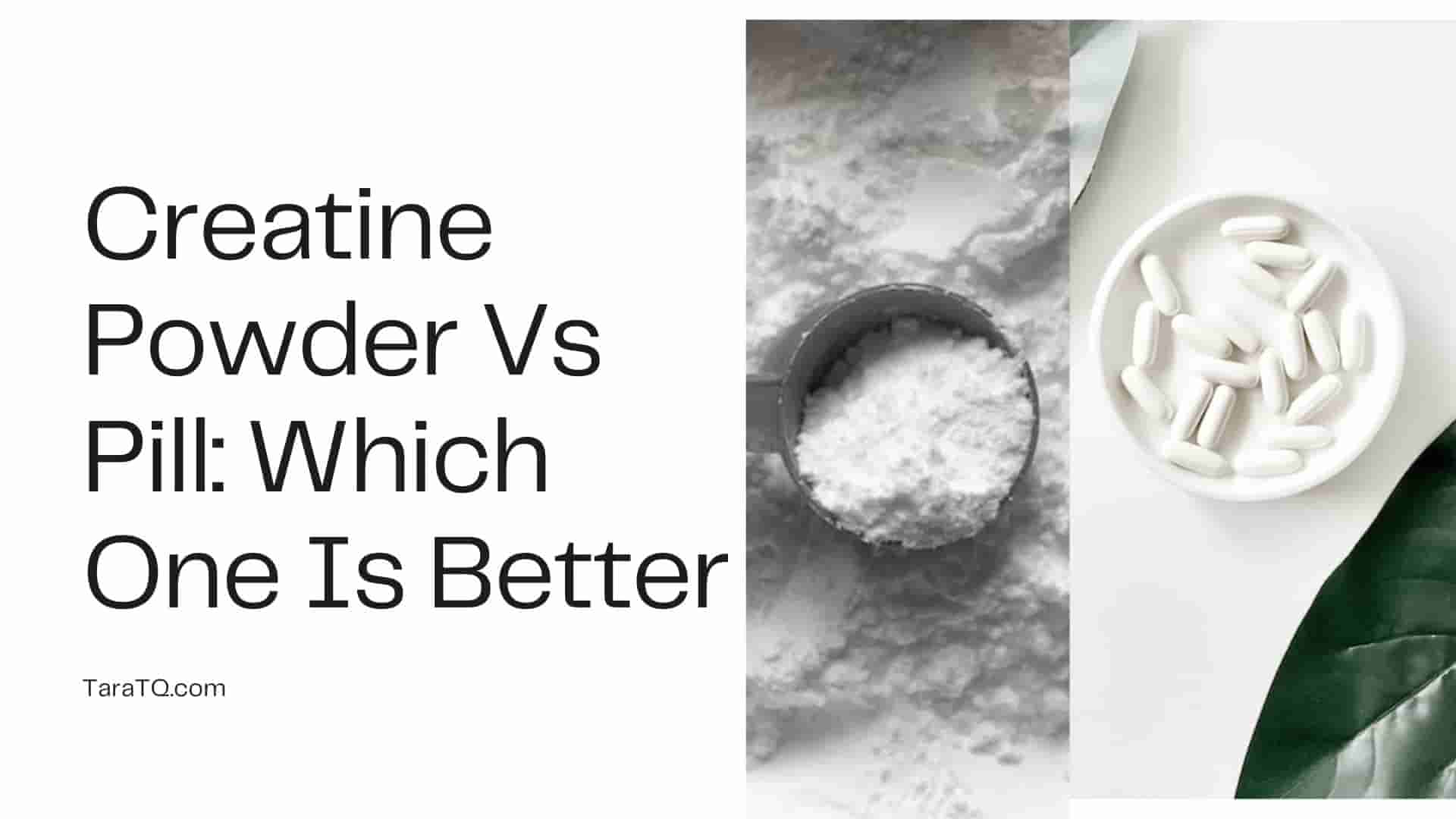Eating After Tooth Extraction

After undergoing tooth extraction, it’s essential to follow a specific diet to ensure proper healing, minimize discomfort, and prevent complications. The goal is to provide your body with the necessary nutrients while avoiding foods that could interfere with the healing process. In this article, we’ll delve into the world of post-tooth extraction eating, exploring the best foods to consume, those to avoid, and expert tips for a smooth recovery.
Initial Healing Phase (0-24 hours) During the first 24 hours after tooth extraction, it’s crucial to stick to a soft, bland diet. This allows the extraction site to heal without irritation or distortion. Opt for foods that are easy to chew and swallow, such as:
- Yogurt: High in protein, calcium, and probiotics, yogurt supports healing and soothes the mouth.
- Soups: Gentle, easy-to-swallow soups like chicken or vegetable broth provide essential nutrients.
- Mashed potatoes: Rich in complex carbohydrates, mashed potatoes are a comforting, easy-to-eat option.
- Scrambled eggs: A great source of protein, scrambled eggs are soft and simple to consume.
- Applesauce: This fiber-rich food is easy to eat and can help promote healing.
Foods to Avoid (0-24 hours) In the initial healing phase, it’s essential to avoid foods that can irritate the extraction site, dislodge the blood clot, or cause discomfort. Steer clear of:
- Hot, spicy, or acidic foods and drinks
- Hard, crunchy, or chewy foods like nuts, seeds, or popcorn
- Sticky or sweet foods like caramel, honey, or dried fruits
- Carbonated beverages like soda or sparkling water
- Alcohol, which can slow healing and increase bleeding risk
Post-Healing Phase (24-72 hours) As the initial healing phase progresses, you can gradually introduce more substantial foods into your diet. However, it’s still important to avoid foods that can irritate the extraction site or cause discomfort. Opt for:
- Soft fruits like bananas, avocados, orripe mangoes
- Cooked vegetables like steamed broccoli, carrots, or green beans
- Lean proteins like cooked chicken, fish, or tofu
- Whole grains like brown rice, quinoa, or whole-wheat bread
- Low-fat dairy products like milk, cheese, or cottage cheese
Tips for Eating After Tooth Extraction To ensure a smooth recovery and minimize discomfort, follow these expert tips:
- Eat slowly and carefully, taking small bites to avoid irritating the extraction site.
- Use a spoon to eat, if possible, to reduce the need for chewing.
- Avoid using a straw, as the suction can dislodge the blood clot.
- Choose foods that are at room temperature, as extreme temperatures can cause discomfort.
- Stay hydrated by drinking plenty of water, but avoid carbonated or acidic beverages.
What are the best foods to eat after tooth extraction?
+The best foods to eat after tooth extraction include soft, bland options like yogurt, soups, mashed potatoes, scrambled eggs, and applesauce. As the healing process progresses, you can introduce more substantial foods like soft fruits, cooked vegetables, lean proteins, and whole grains.
How long should I follow a soft diet after tooth extraction?
+It's typically recommended to follow a soft diet for 24-48 hours after tooth extraction. However, this may vary depending on the complexity of the procedure and your individual healing progress. Consult with your dentist or oral surgeon for personalized guidance.
Can I drink alcohol after tooth extraction?
+No, it's not recommended to drink alcohol after tooth extraction. Alcohol can slow the healing process, increase the risk of bleeding, and interact with pain medications. It's best to avoid alcoholic beverages for at least 24 hours after the procedure.
In conclusion, eating after tooth extraction requires careful consideration to ensure proper healing and minimize discomfort. By following a soft, bland diet in the initial healing phase and gradually introducing more substantial foods, you can promote a smooth recovery. Remember to avoid foods that can irritate the extraction site, dislodge the blood clot, or cause discomfort, and always consult with your dentist or oral surgeon for personalized guidance. With the right approach, you can enjoy a comfortable and successful recovery from tooth extraction.


